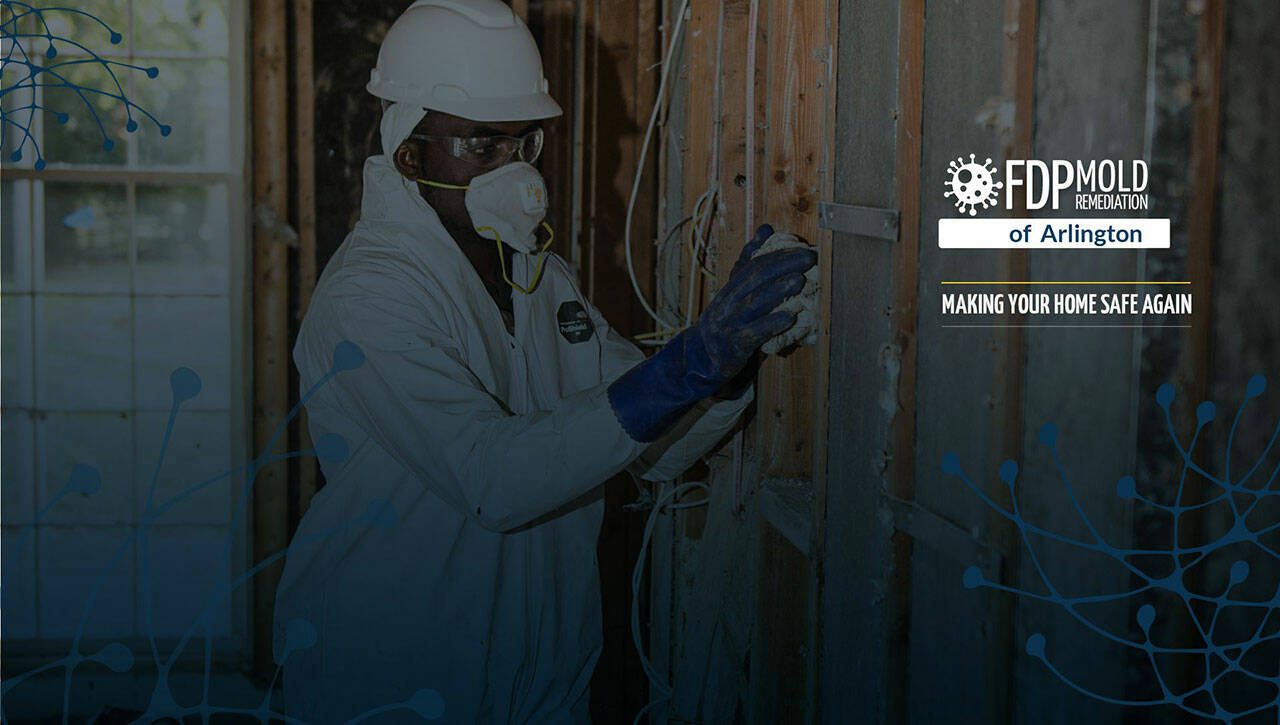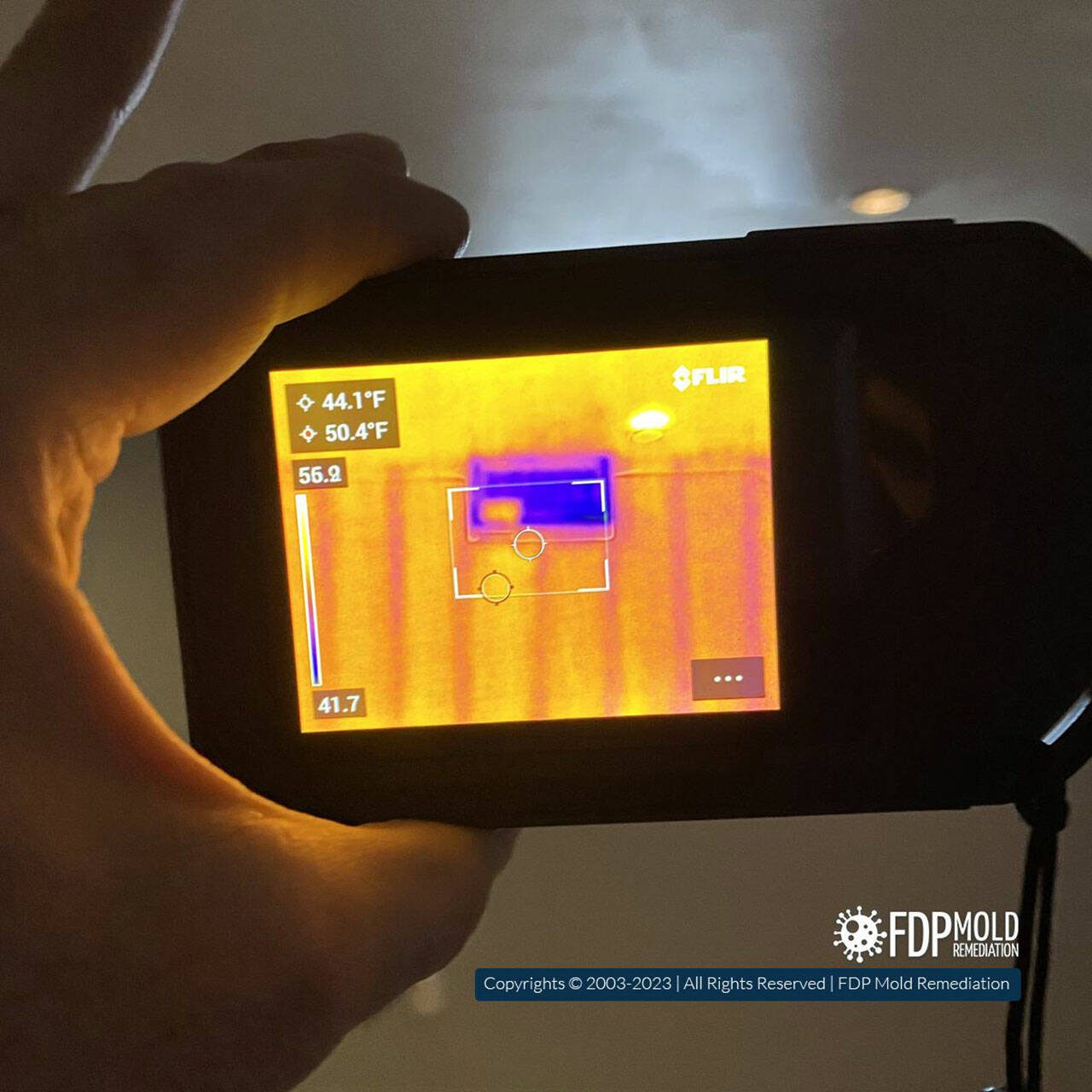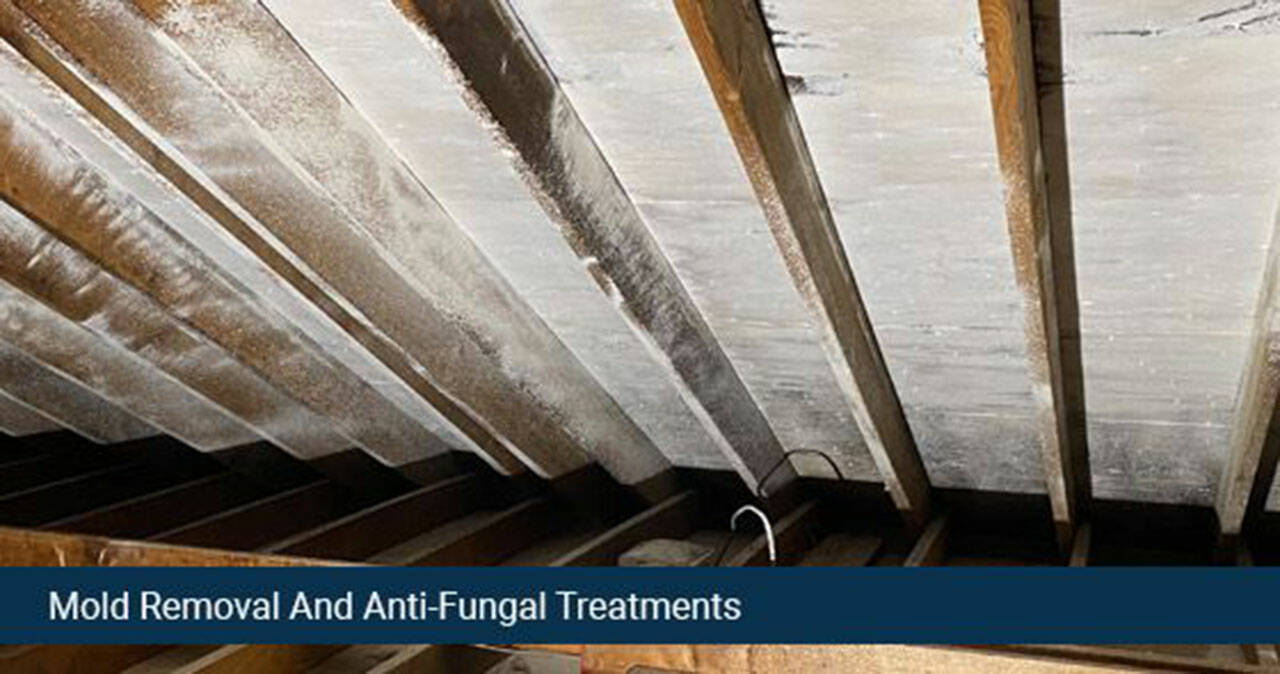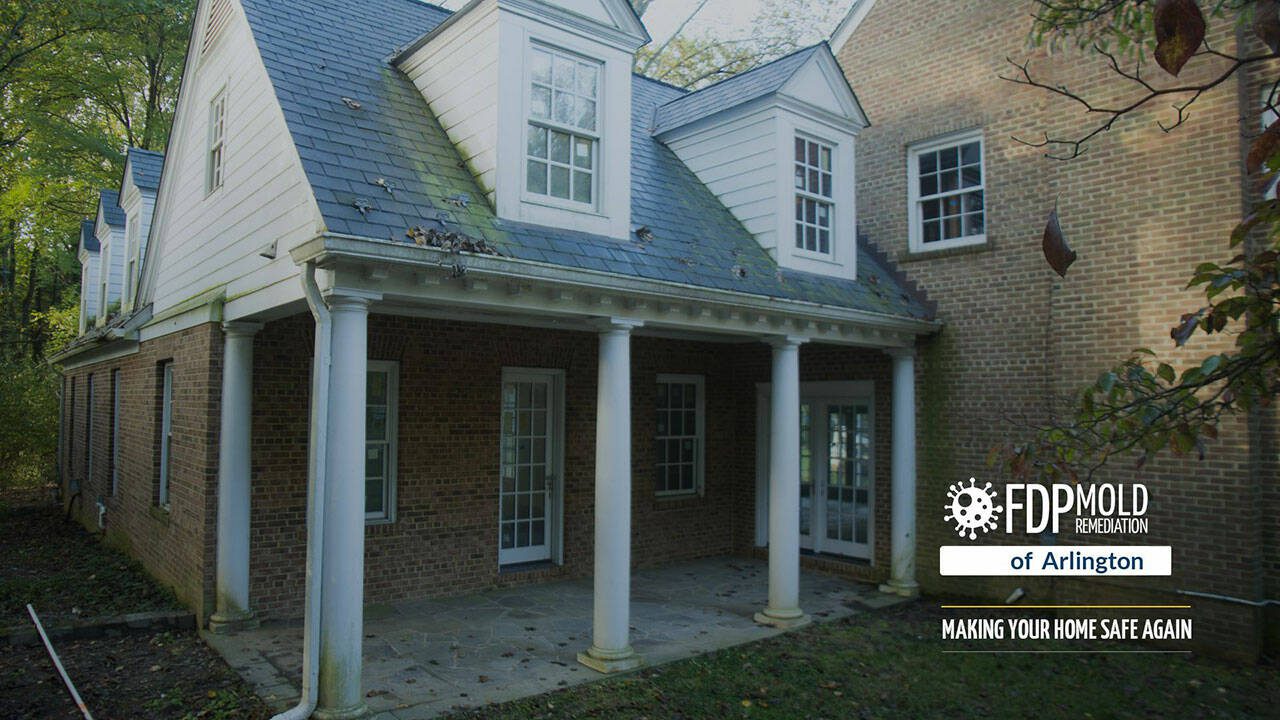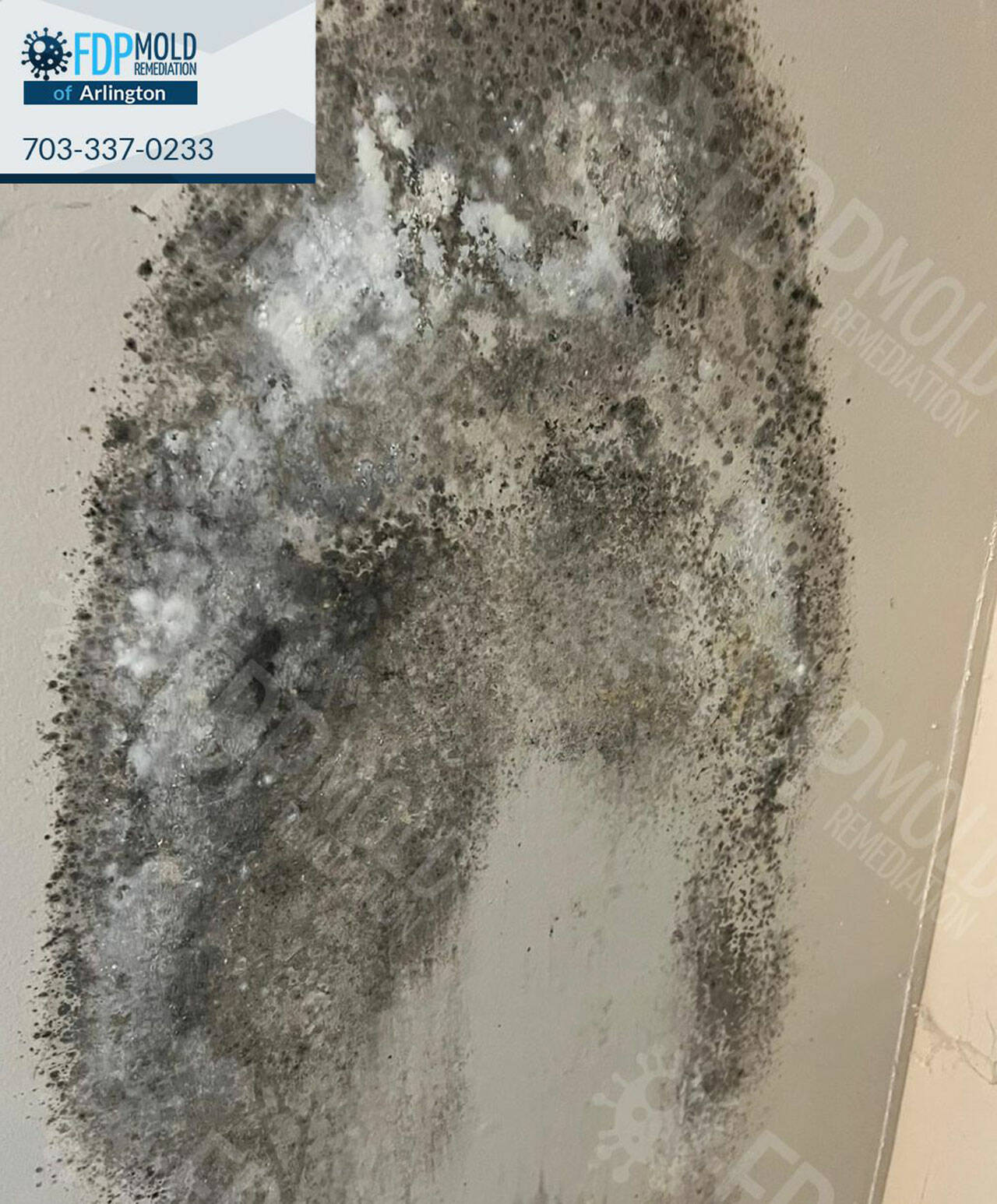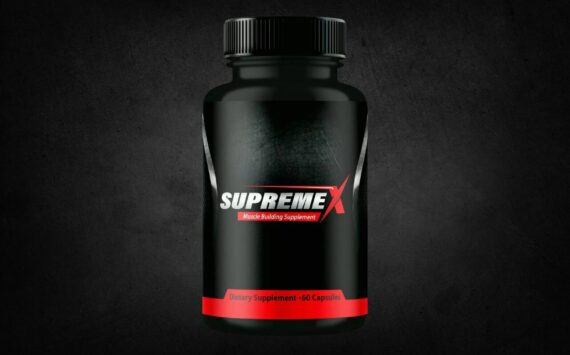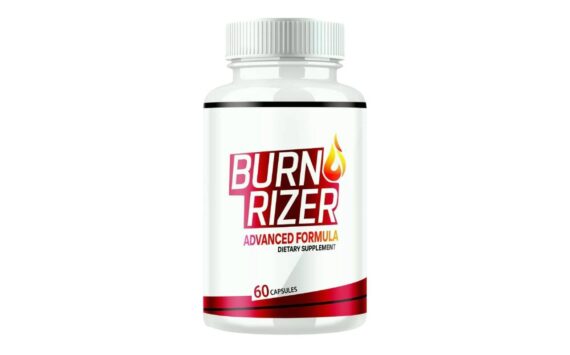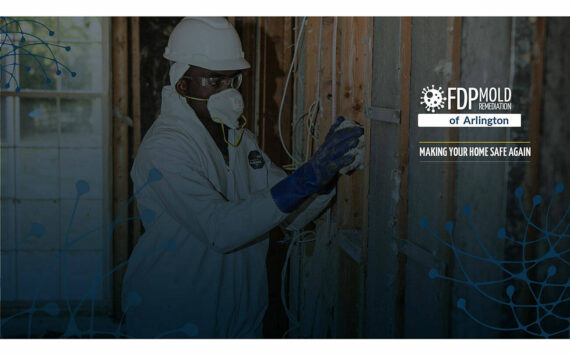Mold, a pervasive indoor fungus, favors moisture-laden settings. While mold spores are perpetually in the air, their growth occurs only when they access a source of moisture.
At FDP Mold Remediation of Arlington, our priority is restoring your home to its normal state mold-free as swiftly as we can. One of the best mold remediation services in the Arlington, VA area!
Comprehending Humidity
Humidity represents the measure of water vapor in the air. With high humidity levels, the air accommodates more water vapor, thereby fostering ideal conditions for mold proliferation. For residences, the recommended humidity level lies between 30% and 50%. When the humidity surpasses 60%, the probability of mold propagation substantially intensifies.
Interpreting the Role of Moisture
Moisture signifies the presence of water in solid or liquid form. It can stem from an array of sources, including:
- Leaks in pipes or roofs
- Flooding
- Condensation
- Insufficient ventilation
- Appliances that produce moisture, such as washers and dryers
Moisture facilitates the growth of mold by providing the necessary water. Additionally, mold spores can thrive on damp materials like wood, drywall, and carpets.
Supervising Humidity and Moisture
There are numerous strategies for maintaining humidity and moisture levels in your home to avert mold growth. These strategies encompass:
- Guaranteeing sufficient ventilation: The simple act of opening windows and doors, using fans, and installing exhaust fans in bathrooms and kitchens can assist in moisture reduction.
- Engaging a dehumidifier: This device can be instrumental in eliminating excess moisture.
- Addressing leaks without delay: By quickly fixing leaks, one can prevent moisture accumulation.
- Proper ventilation for appliances that produce moisture: This includes appliances such as washing machines, dryers, and dishwashers.
- Upholding cleanliness: Regular home cleaning helps eradicate mold spores.
Professional Mold Remediation After Flooding
Increased humidity and moisture levels post-flood can incite mold growth, necessitating immediate professional intervention. Remediation involves swiftly recognizing and dealing with mold issues.
Professional remediation services commence with an exhaustive drying of the affected area. They safely discard all water-damaged items that could host mold, such as carpets and drywall.
Afterwards, they apply a mold-eradicating solution to all surfaces, visible mold or not, since mold spores can lurk unseen. They maintain good ventilation throughout this process.
Once remediation concludes, professional services monitor your home for potential mold reappearance, particularly in areas that were initially impacted. It’s also important to keep humidity levels below 50% and ensure proper ventilation in high-moisture areas like bathrooms and kitchens to prevent future mold growth.
FDP Mold Remediation of Arlington is a trusted mold remediation company that can help you with mold remediation after a flood. We have over 10 years of experience, and we will work with you to get your home back to normal as quickly as possible.
Health Consequences of Mold Exposure
Exposure to mold may precipitate diverse health complications, including:
- Allergic reactions: Individuals sensitive to mold may suffer allergic reactions when exposed to spores. Symptoms can involve a runny nose, sneezing, coughing, wheezing, eye irritation, and skin rashes.
- Asthma attacks: Mold exposure can trigger asthma attacks, causing symptoms such as wheezing, chest tightness, shortness of breath, and coughing.
- Sinus infections: Exposure to mold can heighten the risk of sinus infections. Symptoms may vary from facial, sinus, or tooth pain to nasal congestion, a runny nose, and cough.
- Respiratory infections: Exposure to mold can increase the likelihood of respiratory infections, including pneumonia. Symptoms may include fever, cough, wheezing, and shortness of breath.
- Eye, skin, and throat irritation: Exposure to mold can induce irritation in the eyes, skin, and throat, resulting in symptoms like red, itchy, watery eyes, skin rashes, itchy skin, and a sore throat.
- In extreme cases, mold exposure can lead to severe health issues such as chronic lung inflammation, chronic fatigue syndrome, immune system suppression, and even cancer.
Upon experiencing any of these symptoms following mold exposure, it’s crucial to immediately consult a healthcare professional.
Mold can indeed pose a substantial threat, but by effectively managing humidity and moisture in your home with the help of professionals, you can prevent its spread. Following the advice above can help maintain a mold-free home environment.
